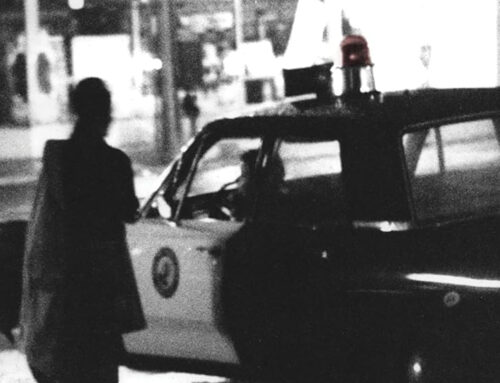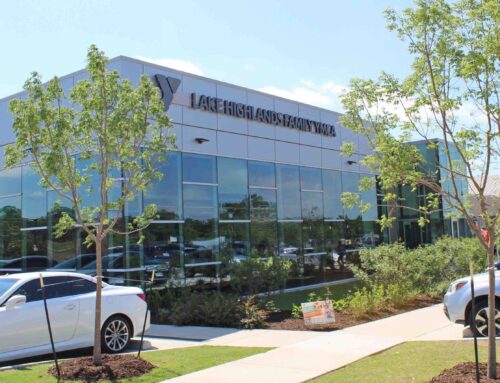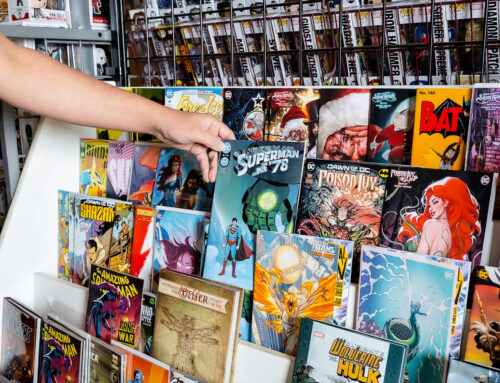One staple of regional chain home-cooking restaurants has been jumbo plastic tumblers filled with water, iced tea or soft drinks — at one time, many of the glasses almost took two hands to hold. But on my latest visit to Good Eats, I noticed a rather startling change: The plastic tumbler was about 60-70 percent the size of the tumbler on my last visit. Admittedly, I hadn’t been there for a few months, but I thought it was interesting that as the cost of food and beverages has increases, and the cost of gas has forced people to cut back on eating out, the smaller glass seemed like an obvious step to eliminating waste and perhaps reducing portion sizes to control beverage use (for example, I usually can drain a couple of the large glasses during a meal, but if the glasses are smaller and I still drink two of them, the restaurant has actually saved money on me). Don’t get me wrong: Good Eats still offers unlimited refills, but I think the hope is that the smaller glasses will cause us to drink/waste less, saving the chain some money.
Anyway, yesterday while reading the weekend Wall Street Journal, I noticed a similar discussion taking place in pubs: Apparently, more than a few bars have switched from using a 16-ounce pint glass to a 14-ounce very-similar-looking glass with much more solid glass on the bottom that bartenders affectionately refer to as a "falsie". The Journal story details patrons’ predictable reaction (disgust at the subversive nature of the sleight-of-hand, annoyance that what appears to be 16 ounces isn’t anymore).
Hooters apparently is one of the "market leaders" in this stuff: You can get a 16-ounce pint in most states, but watch out in Ohio, Indiana, Kentucky and Tennessee, where the "pint" is served in 14-ounce glasses. "We can get 20 more beers out of a keg that way," a gleeful Hooters’ diretor of marketing told the Journal. Another restaurant chain, Damon’s Grill, switched to the 14-ounce glasses a couple of years ago; that company’s VP for purchasing said they did it to benefit customers — "Someone who comes in and wants a beer doesn’t want a huge glass. Fourteen ounces is enough." Right.
Bottom line: Things are getting tough out there, and in a competitive market, it’s difficult to raise prices. So the alternative appears to be offering a little less for the same money. That will work for awhile. But although I’m clearly an amateur when it comes to economics, having suffered through four classes during my college and graduate studies, I know one thing: Rapidly increasing costs and less business for providers ensure it’s just a matter of time before prices start rising, and significantly, in this type of environment.
If you run across any similar changes in portions, packaging and the like, let us know.





